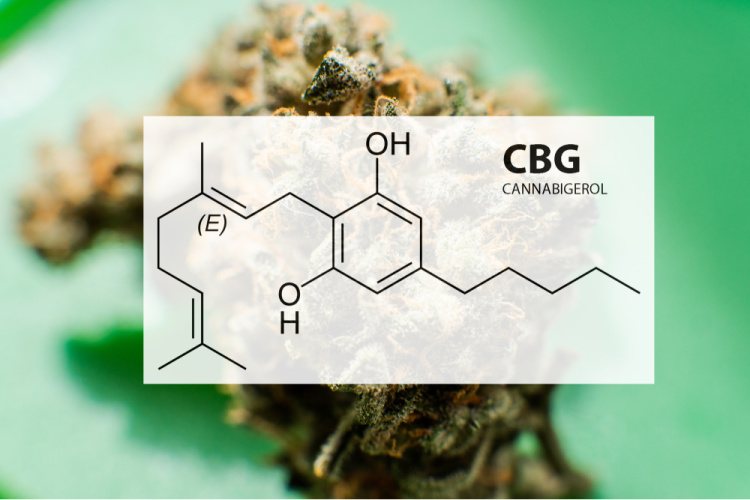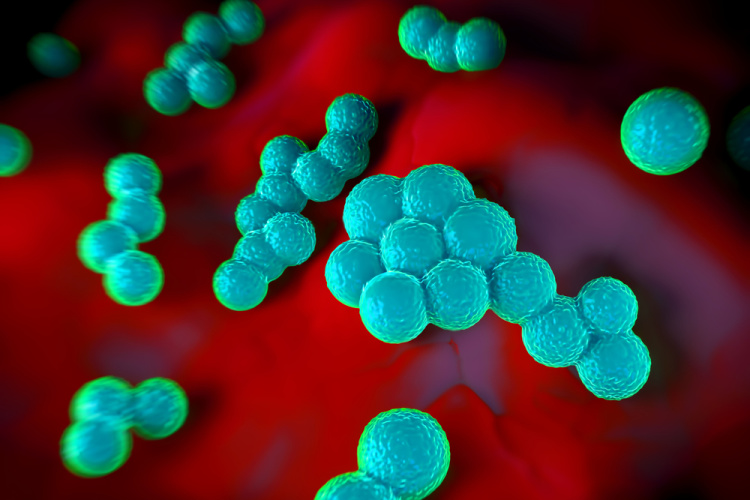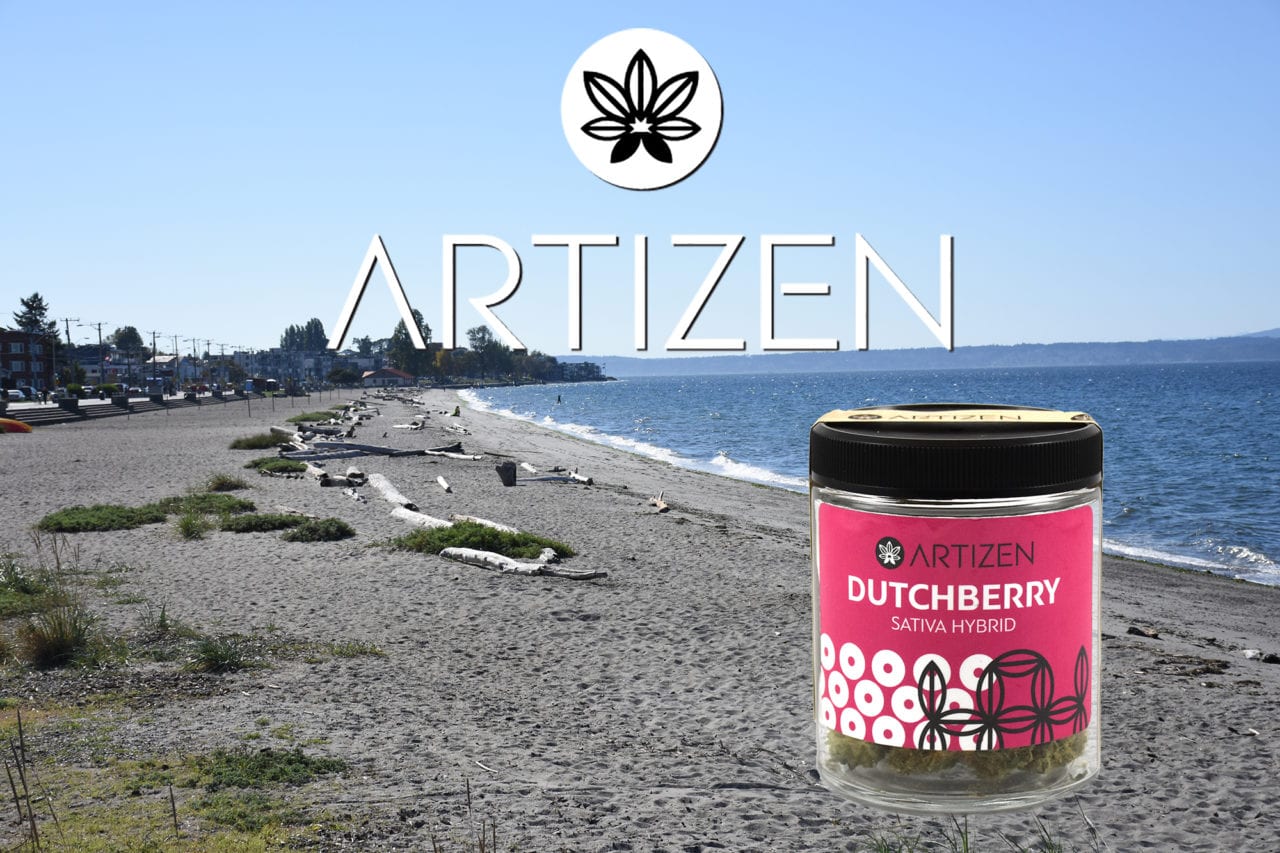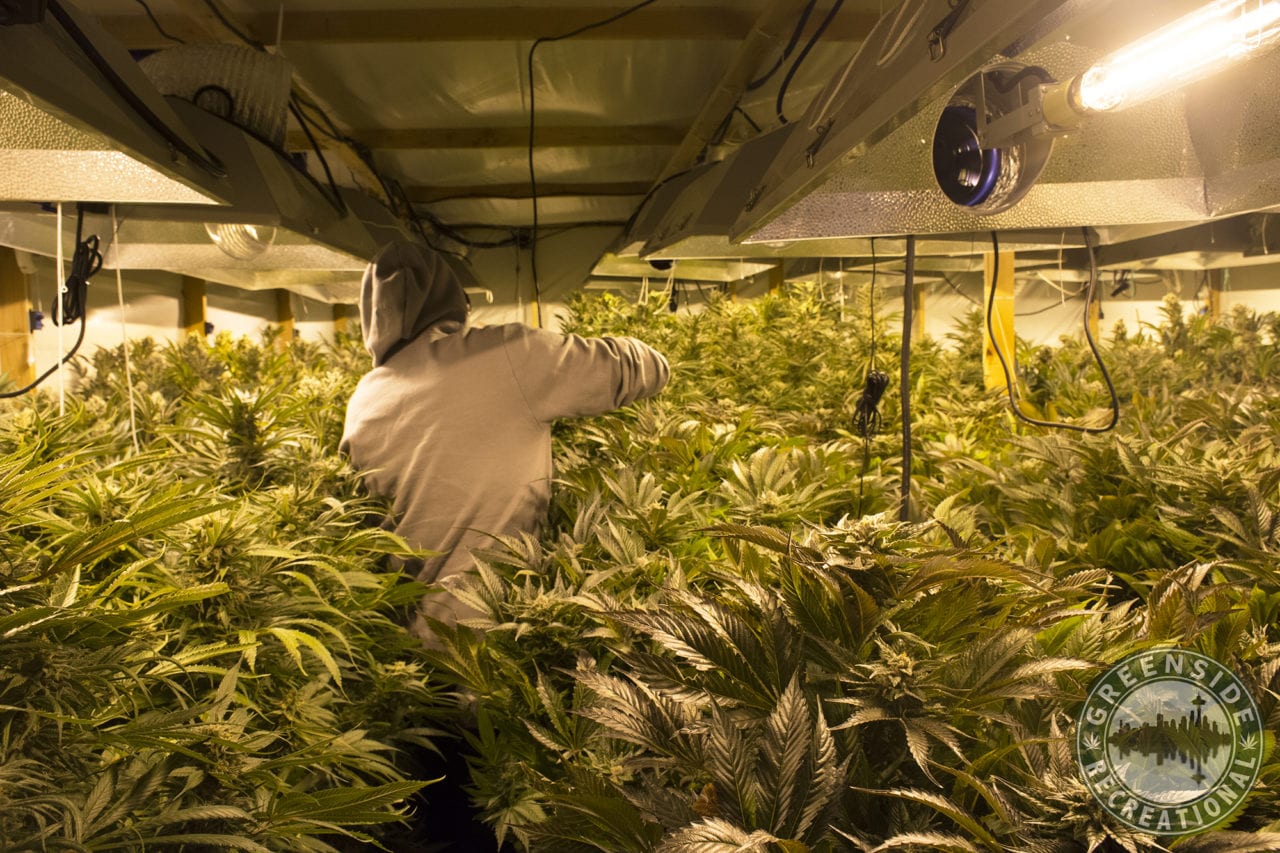For many years cannabis was all about the THC. But since CBD’s explosion in popularity, more people have begun looking at the potential effects of other cannabinoids found in the marijuana plant. One of these is CBG.
What Is CBG?

CBG, otherwise known as cannabigerol, is a non-intoxicating cannabinoid that is sometimes called “The Mother of All Cannabinoids.”
That’s because it’s closely linked to so many other cannabinoids.
CBGA, the compound that is the acidic precursor to CBG, is also the acidic precursor to many other important cannabinoid precursors including CBCA, CBDA, and THCA – compounds that can be converted into well-known cannabinoids like CBD and THC.
In 1964, cannabigerol became one of the very first cannabinoids to be synthesized in a lab. Despite this, cannabigerol products are much pricier and harder to find than other cannabis products. A big reason for this is that there’s actually very little cannabigerol found in the average hemp or cannabis plant. It’s estimated that cannabigerol usually only accounts for about 1%–2% of a plant’s total cannabinoid content. Additionally, since it’s typically refined from hemp, the production process also costs more than that of CBD, a cannabinoid that CBG is commonly compared to.
Does CBG Have Therapeutic Potential?
Research indicates that cannabigerol may have therapeutic potential similar to that of other cannabinoids like THC and CBD.
Like some other cannabinoids, cannabigerol shows potential as a neuroprotectant. Neuroinflammation and oxidative stress have been implicated in numerous neurological disorders such as Alzheimer’s, schizophrenia, and Parkinson’s disease. A 2018 study found that Cannabigerol may be able to reduce inflammation, oxidative stress, and the expression of certain proteins related to neuroinflammation.

CBG also shows potential as a cancer-fighting cannabinoid. Another 2018 study found that CBG showed positive effects on mice with colorectal cancer. The cannabinoid was able to inhibit the growth of cancerous cells, slowing down the progression of the disease in the process. Additionally, researchers also found that cannabigerol demonstrated cytotoxic activity that resulted in cell cycle arrest and apoptotic cell death.
Cannabigerol may also be especially beneficial in the treatment of glaucoma. CBG is believed to reduce intraocular pressure, is a powerful vasodilator, and has neuroprotective effects. These effects may lessen the problems caused by glaucoma.
Plus, research indicates that it may also be an effective antibacterial agent against tough-to-kill bacteria. Research indicates that CBG may be effective against methicillin-resistant Staphylococcus aureus (MRSA) bacteria that are resistant to several different classes of other antibiotics. It also posses antioxidant properties that can help it to chase down free radicals, protecting from cancers and other diseases.

These results are certainly promising, but serious research into the therapeutic potential of this fascinating cannabinoid is just beginning. Cannabigerol is sure to keep researchers busy for some time to come as they unravel its mysteries and continue to test its use in a range of therapeutic scenarios.
CBG products are expected to be much more widely available in the near future. So, If you’re looking to change up your cannabis routine by trying out a new cannabinoid, then keep your eyes peeled! Take a look at product labels to see if your favorites have some CBG, or stop by to find some products with this great cannabinoid.
Want to find some strains with CBG? Check out our Des Moines dispensary menu.





